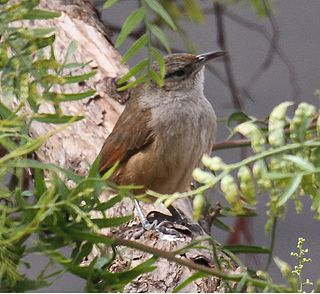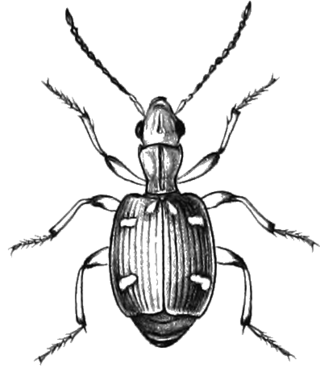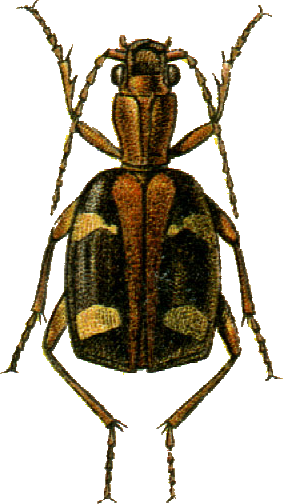
Monogononta is a class of rotifers, found mostly in freshwater but also in soil and marine environments. They include both free-swimming and sessile forms. Monogononts generally have a reduced corona, and each individual has a single gonad, which gives the group its name. Males are generally smaller than females, and are produced only during certain times of the year, with females otherwise reproducing through parthenogenesis.

The mastoid lymph nodes are a small group of lymph nodes, usually two in number, located just beneath the ear, on the mastoid insertion of the sternocleidomastoideus muscle, beneath the posterior auricular muscle.

The cinereous tyrant is a species of bird in the family Tyrannidae. The term cinereous describes its colouration. It inhabits the Gran Chaco, where Its natural habitat is subtropical or tropical dry shrubland.

The brown tit-babbler is a species of bird in the family Timaliidae. It is endemic to the Philippines. Its natural habitats are subtropical or tropical moist lowland forest and subtropical or tropical moist montane forest.

The streak-fronted thornbird is a species of bird in the Furnariinae subfamily of the ovenbird family Furnariidae. It is found in Argentina, Boliva, and Peru.

Brachininae is a subfamily of beetles in the family Carabidae. There are about 7,500 species in 14 genera of the subfamily.

Mastax is a genus of beetles in the family Carabidae, containing the following 52 species:
Avitomyrmex is an extinct genus of bulldog ants in the subfamily Myrmeciinae which contains three described species. The genus was described in 2006 from Ypresian stage deposits of British Columbia, Canada. Almost all the specimens collected are queens, with an exception of a single fossilised worker. These ants are large, and the eyes are also large and well-developed; a sting is present in one species. The behaviour of these ants may have been similar to extant Myrmeciinae ants, such as foraging solitarily for arthropod prey and never leaving pheromone trails to food sources. Avitomyrmex has not been assigned to any tribe, instead generally being regarded as incertae sedis within Myrmeciinae. However, its identity as an ant has been challenged, although it is undoubtedly a hymenopteran insect.

The streak-headed antbird is a species of bird in the family Thamnophilidae. It is found in humid highland forests, especially near bamboo, ranging through the Andes from Bolivia to Colombia. This 15 cm (6 in) bird is found at higher elevations. It was previously considered conspecific with the long-tailed antbird.
Mastax formosana is a species of beetle in the family Carabidae with a restricted distribution in Taiwan.
Mastax congoensis is a species of beetle in the family Carabidae with restricted distribution in the Afghanistan.
Mastax liebkei is a species of beetle in the family Carabidae with restricted distribution in the Democratic Republic of Congo.
Mastax louwerensi is a species of beetle in the family Carabidae with restricted distribution in the Indonesia.
Mastax pakistana is a species of beetle in the family Carabidae with restricted distribution in the Pakistan.
Mastax philippina is a species of beetle in the family Carabidae with restricted distribution in the Philippines.
Mastax rawalpindi is a species of beetle in the family Carabidae with restricted distribution in the Pakistan.

Mastax thermarum is a species of beetle in the family Carabidae found in Asia and Europe.

Tropidodryas is a genus of snakes of the subfamily Dipsadinae.

Dacoderus striaticeps is a species of narrow-waisted bark beetle in the family Salpingidae. It is found in Central America and North America.
The stripe-headed finesnout ctenotus is a species of skink found in the Northern Territory and Queensland in Australia.










